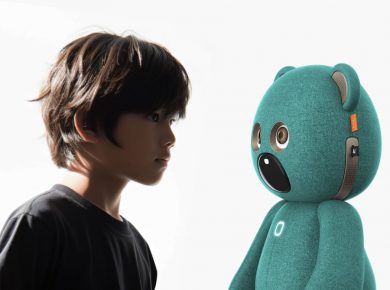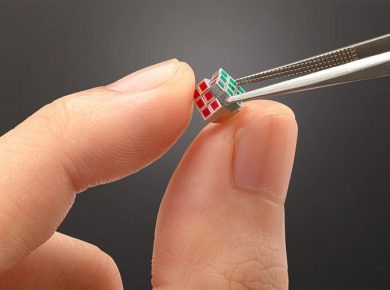
The sight of Swarovski crystals shimmering on a kettlebell feels like a joke someone forgot to finish. Yet in 2025 it has become a fully formed design statement thanks to a collaboration between Polish luxury fitness brand PENT and Swarovski. The result looks less like something for deadlifts and more like something destined for a glass pedestal under museum lighting.

Most dumbbells spend their lives hiding under beds or buried in closets. They do the job but no one treats them as décor. PENT decided to change that with the “Embellished with Crystals by Swarovski” collection, a line of handcrafted fitness pieces that carry the same energy as high-end interior objects. The COLMIA dumbbells and LOVA kettlebells arrive not from a factory line but from workshops in Poland where artisans shape walnut or ash wood handles, wrap details in Italian leather, polish stainless steel ends, and hand-apply crystals one by one. Even the storage racks look like architectural miniatures rather than gym fixtures.

A collaboration like this raises a quiet question about luxury and where it belongs. Fitness equipment usually lives far away from the world of fine materials and careful craftsmanship. It has always been about function. But home wellness spaces have changed. They have become extensions of interior design, places people curate with the same attention they give to living rooms or bathrooms. Iron House Design, the company bringing the collection to the U.S., describes the pieces as suitable for luxury home gyms, private spas, hotel suites, and even superyachts. In other words, they are created for spaces where beauty is part of the experience.

Prices mirror that intent. A set of dumbbells with a wooden stand begins around $613 and kettlebells around $681. Fully customized sets with extensive crystal detailing can reach $25,000. Critics might say that a basic sporting goods store can offer similar weight for a fraction of the cost, but that comparison misses the purpose. These objects are statements. They communicate taste before they ever lift a gram. Tanya Ryno, founder of Iron House Design, notes that they are made “for those who make bold statements with every choice,” a sentiment that perfectly captures the audience.

Wellness culture has shifted in recent years and this collaboration fits neatly into that evolution. Exercise now carries a layer of ritual and ambiance. People want their workout environments to feel intentional, soothing or inspiring. Materials and design play a larger role in shaping that experience. Luxury consumers in particular are willing to invest in equipment that elevates the emotional side of training as much as the physical one.

A natural hesitation remains. Would anyone actually grip a crystal-covered dumbbell for daily training, or would it end up as a centerpiece in a perfectly styled reading nook? Reports suggest a mix. Some owners treat them like collectible art. Some designers place them purely as decorative elements. The pieces are built to professional fitness standards, though. The wood handles feel smooth and ergonomic. The stainless steel is weighted precisely. Nothing about them prevents real workouts except the owner’s fear of smudging something that sparkles like jewelry.

This collection makes one thing clear. Categories that once stayed separate continue drifting toward each other. Furniture masquerades as sculpture. Kitchen appliances take on the personality of modern art. Gym equipment now joins that shift with a high-jewelry twist. PENT and Swarovski remind us that the things we live with can be useful and beautiful at the same time, and that even the most ordinary object can turn into something extraordinary when treated with the respect of craftsmanship and imagination.







